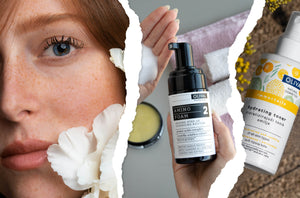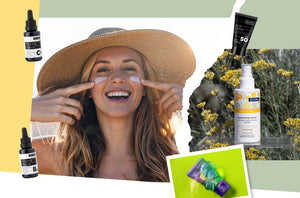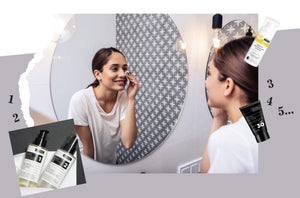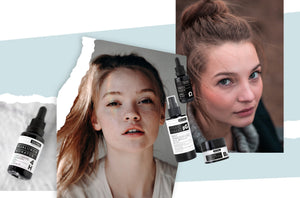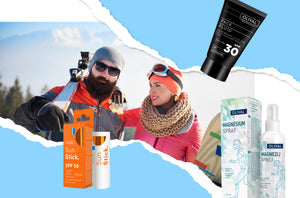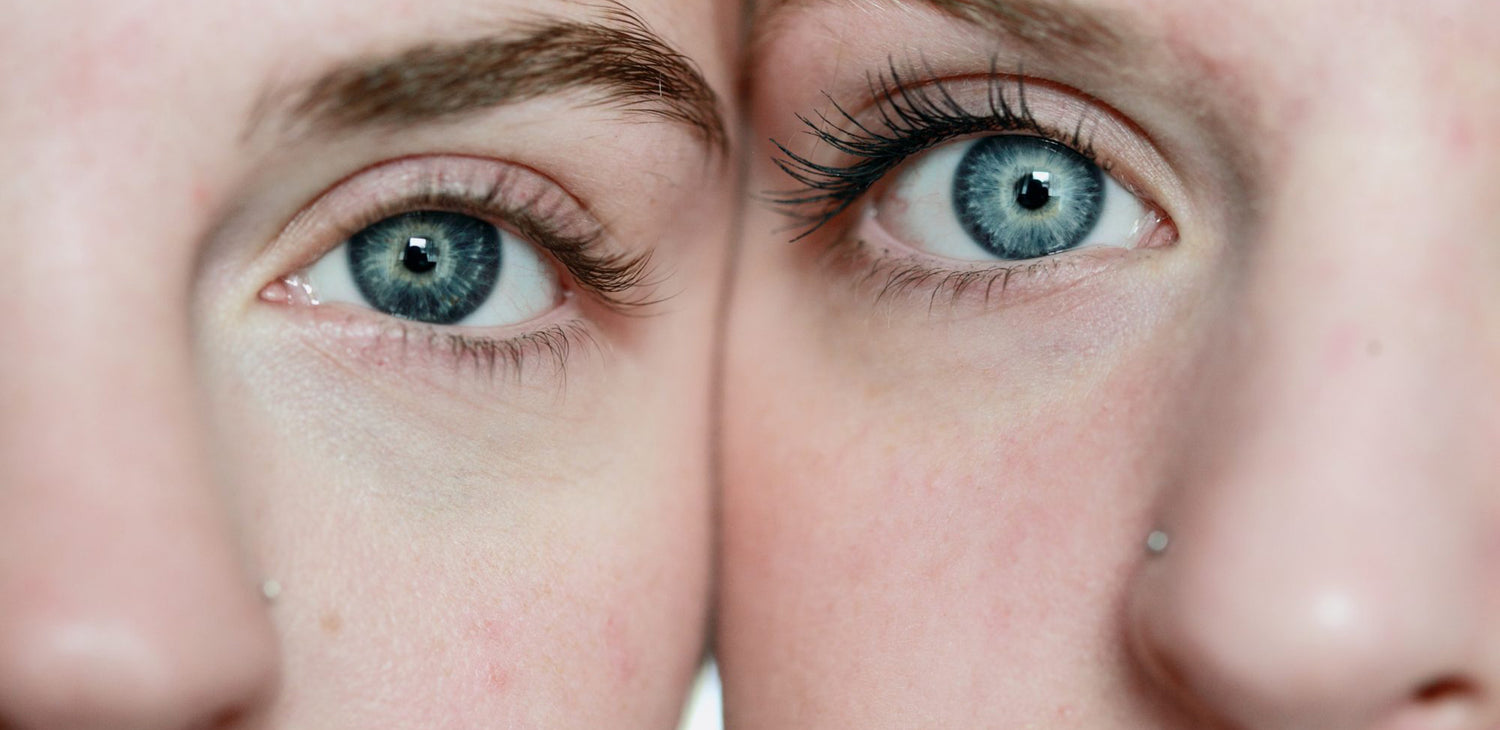A feeling of tightness, lifeless skin with a sandy texture, lack of shine, redness... The list of signals that our skin "waves" very often boils down to one thing - lack of moisture. Any skin can be dehydrated - even oily - which is why it is necessary to take care of this need on a daily basis. While the "holy grail" of hydration is undeniably hyaluronic in all its forms, polyglutamic acid is receiving more and more attention, which definitely raises skin hydration to a higher level.
Dehydration of the skin is, as we have already written, an almost universal disease of every skin. Therefore, the focus of care, in addition to proper cleaning , must always be on thorough, uncompromising moisturizing of all its layers . Is there anything better than hyaluronic acid, especially when the product contains species of different molecular weights? Actually, it does. That is, there is an ingredient that can enhance its action - polyglutamic acid.

10 times more hydration
Both hyaluronic acid (HA) and polyglutamic acid (PGA) are humectants naturally present in the skin. They retain moisture on their molecules and "carry" it deep through the protective layer ( stratum corneum) to the epidermis and dermis. For HA, experts say that it can "carry" up to 1000 times more moisture compared to its weight. However, the PGA overtakes her and takes the victory, since she is even 10 times more successful in this battle.
Polyglutamic acid exists in nature in the form of sodium polyglutamate, an amino acid polymer of glutamic acid. It is interesting that it is found in a traditional Japanese dish called natto , made from soybeans and fermented with Bacillus subtilis . PGA is interesting in skin care for a number of reasons:
- attracts and retains water extremely well
- works to increase levels of natural moisturizing factors (NMF)
- prevents the degradation of hyaluronic acid in the skin and the loss of moisture
- inhibits the production of melanin, which evens out the complexion
- improves elasticity, firmness and softness for the so-called "glass skin"
Polyglutamic acid vs. hyaluronic acid
The question arises - which one is better? The good news is that there is no ultimate winner in this battle of humectants. In fact, HA and PGA work extremely well when they work together , they complement each other and moisturize the skin synergistically. An example of this is Hyaluron hydrator 4H , which contains polyglutamic acid and different types of hyaluronan, along withectoin and panthenol. The polyglutamic acid molecule is larger in structure than any hyaluronan molecule, which is why it cannot penetrate as deeply as it. At the same time, it is also an advantage because it can form an invisible "shield" of moisture on the skin and prevent transepidermal water loss - and thus contribute to surface hydration, which is responsible for that beloved "plump" effect that we always strive for.


